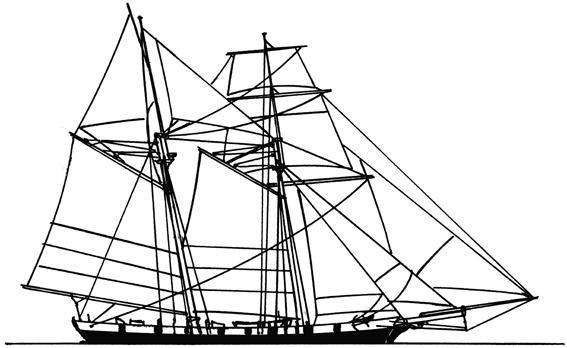Types of sailing ships
The type of sailing ship to which it belongs is determined by the rigging. That is the collective name for the entirety of sails, masts, lines and wall of the ship. There are 2 main categories.
Square rig ship
A square rigged ship has at least three masts that are all square rigged (sails and yards). There is usually still a mizzen, a longitudinal sail, on the aft mast.
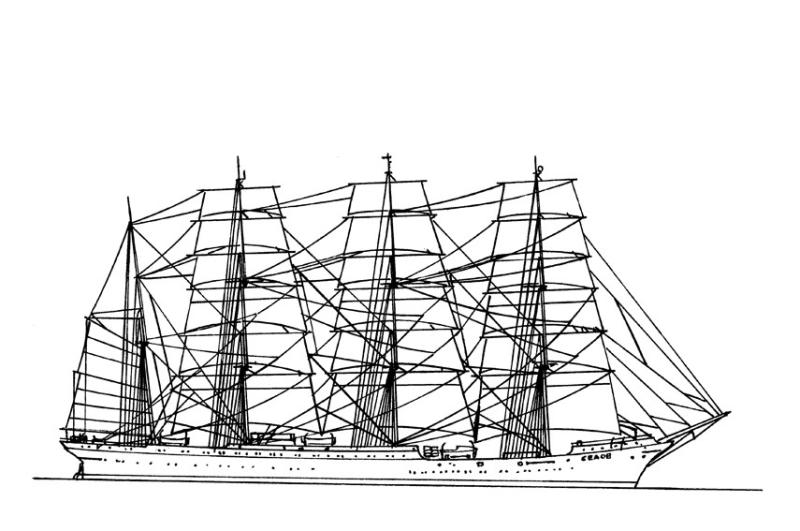
Brik
A brik has masts that are square rigged. Just like a full-rigged ship, but with only two masts.
It is a relatively fast ship that already existed in the 16th century. It needed a relatively large crew for a ship of small size. As a result, they were quickly replaced when the steamship made its appearance.
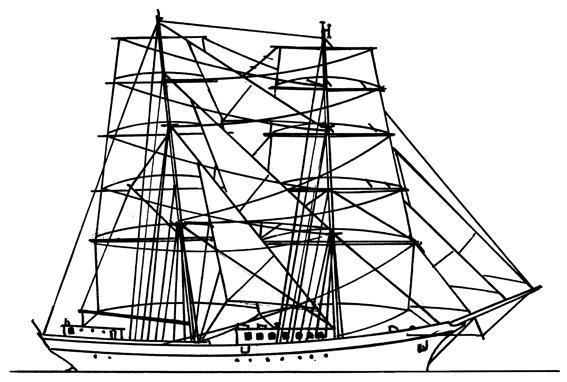
Galleon
Dating from the latter half of the 16th and 17th centurie, the galleon was powered entirely by the wind, using sails carried on three masts. With a Latin sail that was always hoisted on the last (usually third) mast. They were used for both military and commercial purposes. The galleon was the prototype of all square-rigged ships with three or more masts for more than two and a half centuries. They were the basis for the later fully rigged ships of the 19th century.
The flat back or mirror of the castle was decorated with the family arms of the owners. Over time, this could lead to exuberant decorations.
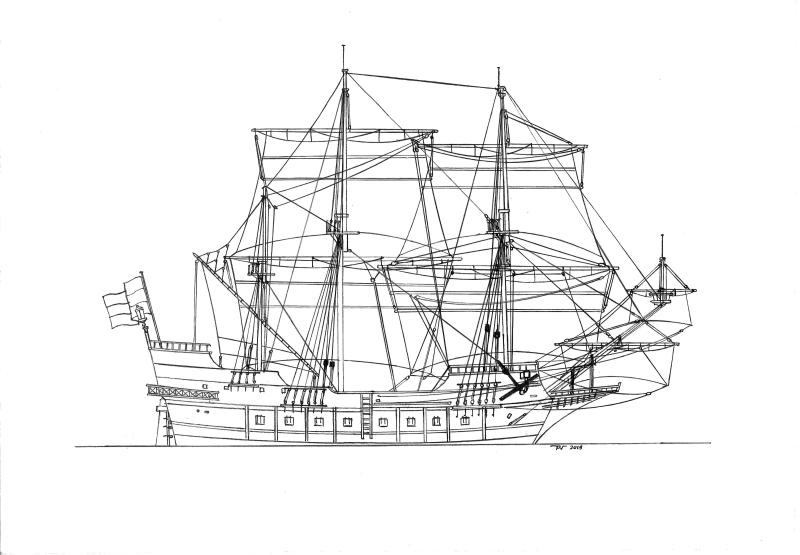
Topsail schooner
Bij een schoener is, anders dan bij tweemasters als de kits en de yawl de achterste mast langer dan de voorste. Zijn er meer dan twee masten, dan kunnen de masten even lang zijn. Bij een topzeilschoener worden boven het langsscheepse zeil nog één of twee zeilen aan een ra gevoerd.
In a schooner, unlike in two-masts as the ketch and the yawl, the aft mast is longer than the forward mast. If there are more than two masts, the masts can be of equal length.
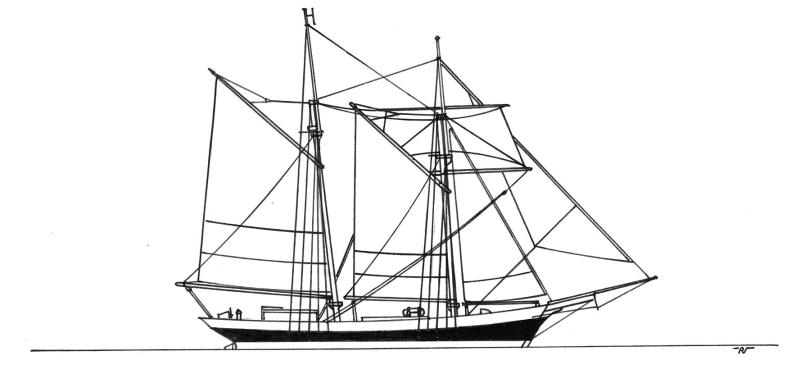
Ketch
The ketch is a long rigged ship with two masts, with the front, highest mast being the longest. The rudder is located behind the aft mast, or mizzen mast.
The advantages of a ketch are the flexibility and ease of use.
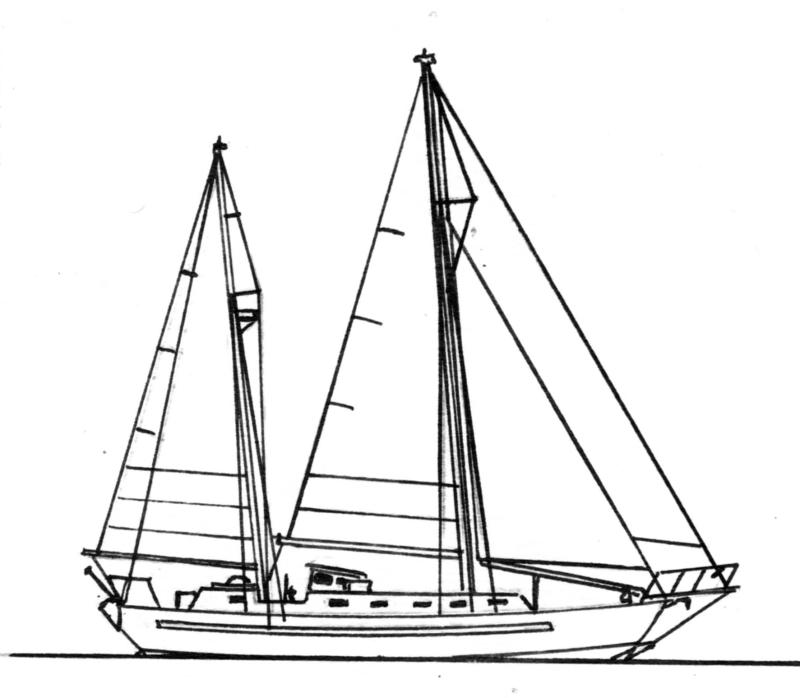
Bark
A barque has at least three masts, two of which are square-rigged, but the difference with a full-rigged ship is a stern mast with only longitudinal sails.
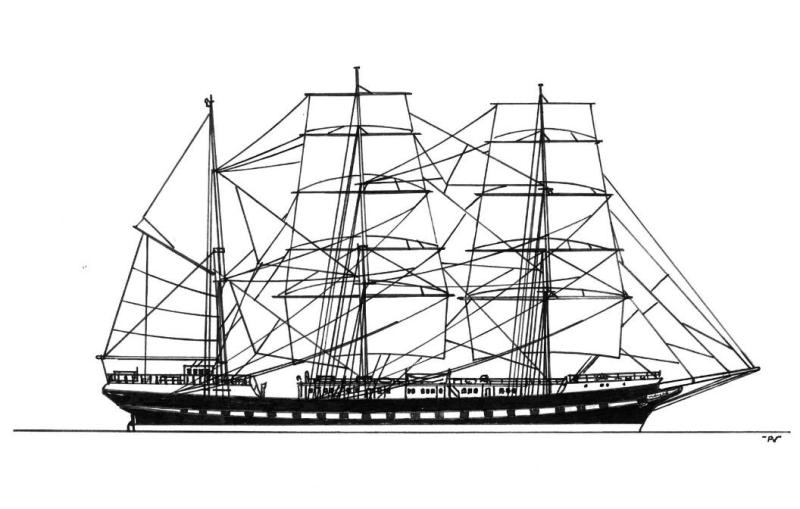
Hoogaars
Round and flat bottoms are typical of the Netherlands, where a lot of fishing was done in shallow water.
The Hoogaars has a characteristic trapezoidal mainsail that is secured by means of a fork boom and that is hoisted into the mast at the top. The stretched bow absorbs the waves.
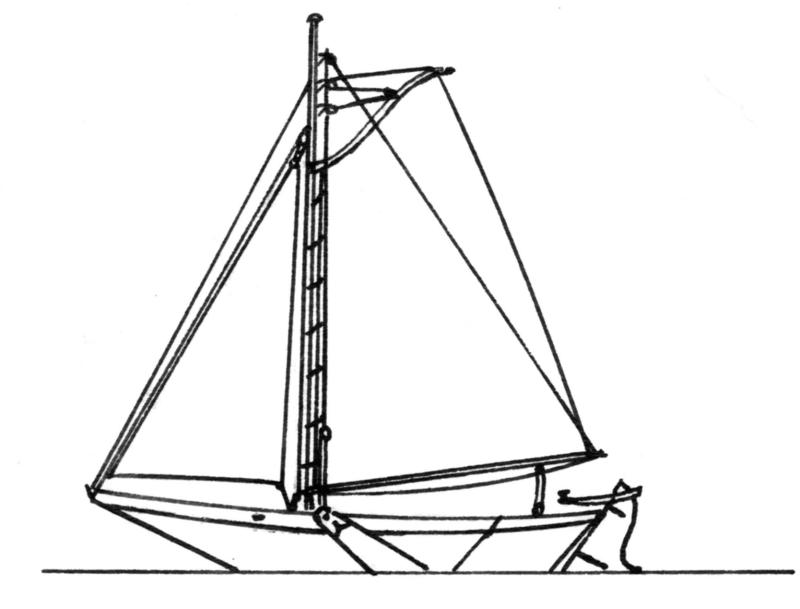
Barkentine
De barkentijn heeft minimaal drie masten, waarvan net als bij de brigantijn, alleen de voorste mast vierkant getuigd is. De andere masten hebben langsscheepse zeilen.
Het werd vanaf de tweede helft van de 19de eeuw in gebruik genomen en bleef in gebruik tot het einde van de grote zeilvaart, in de jaren dertig van de 20ste eeuw.
The barquentine has at least three masts, of which, as with the brigantine, only the forward mast is square-rigged. The other masts have longitudinal sails.
It was put into use from the second half of the 19th century and remained in use until the end of the sailing industry, in the 1930s.
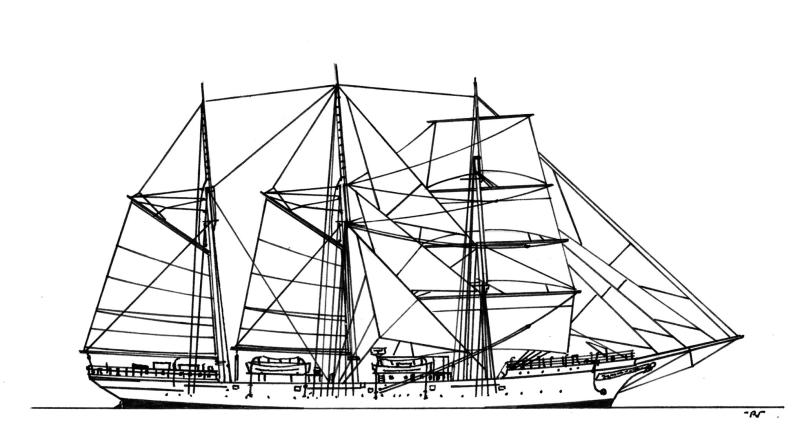
Oyster Smack
This typical boat fished for shrimp, fish and oysters on the English east coast. An excellent and fast sailor thanks to the large sail area and long waterline. The masthead was allowed to break if suddenly too much wind came.
It was used for most of the 19th century up to WWII.
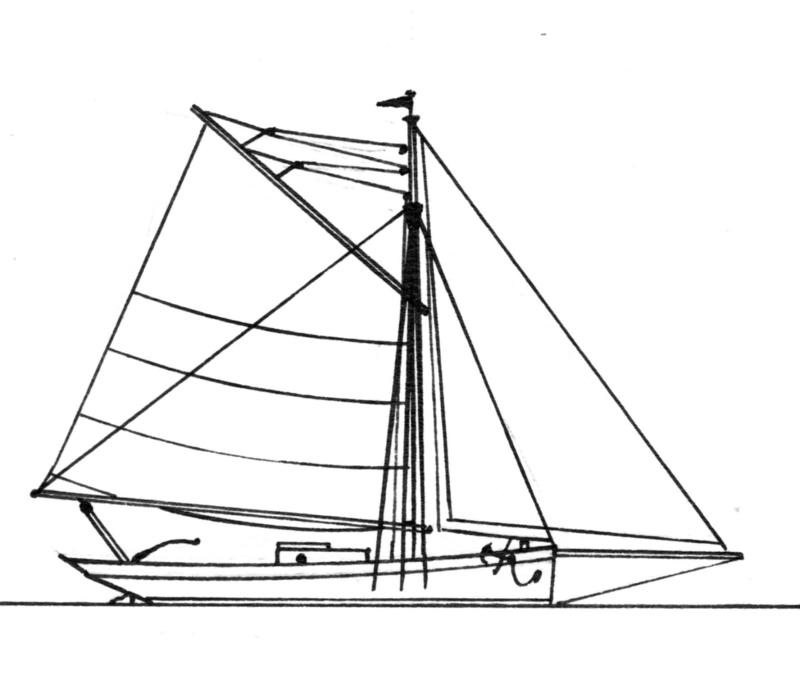
Brigantine
The brigantine has two masts of which only the fore mast is square-rigged. Unlike the brik, the aft mast has only longitudinal sails.
The brigantine as we know him only came into use at the beginning of the 18th century. It was used by smugglers and pirates. They appreciated the maneuverability and good sailing characteristics.
